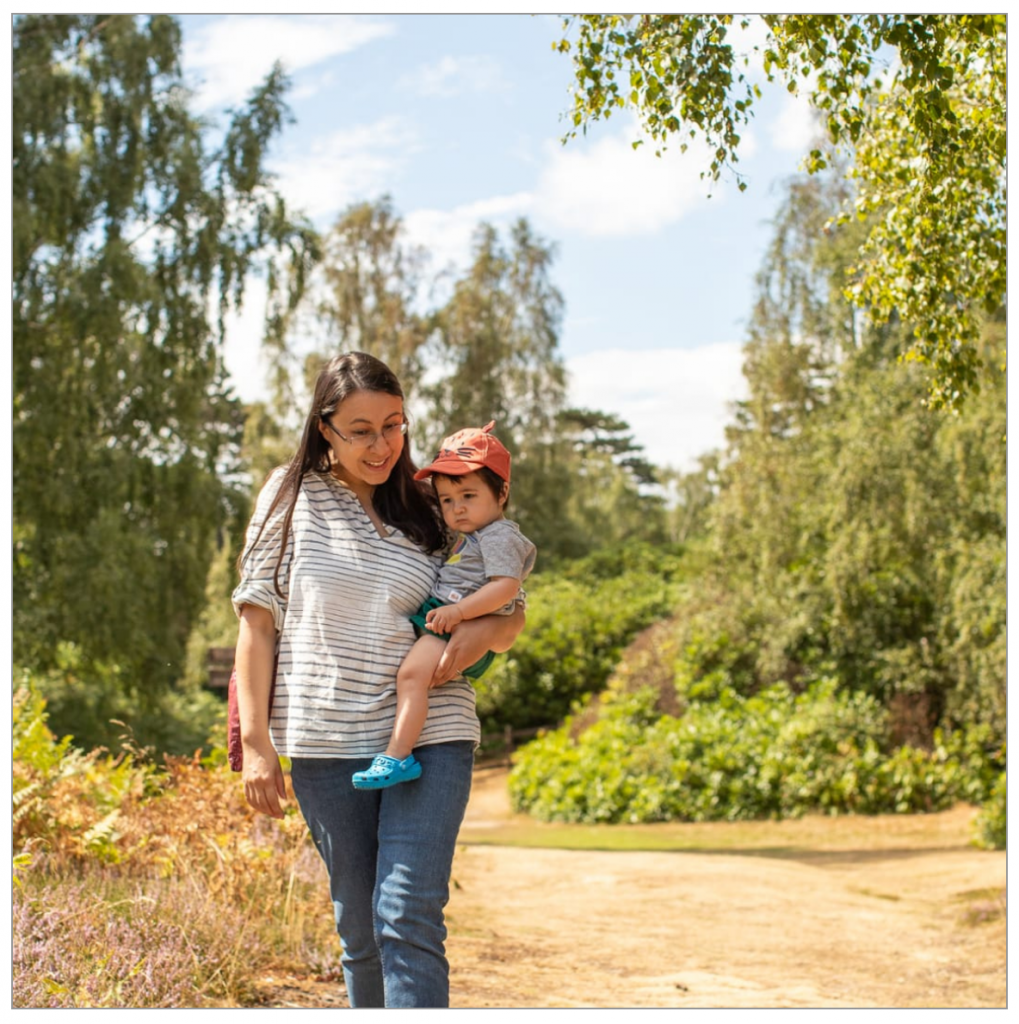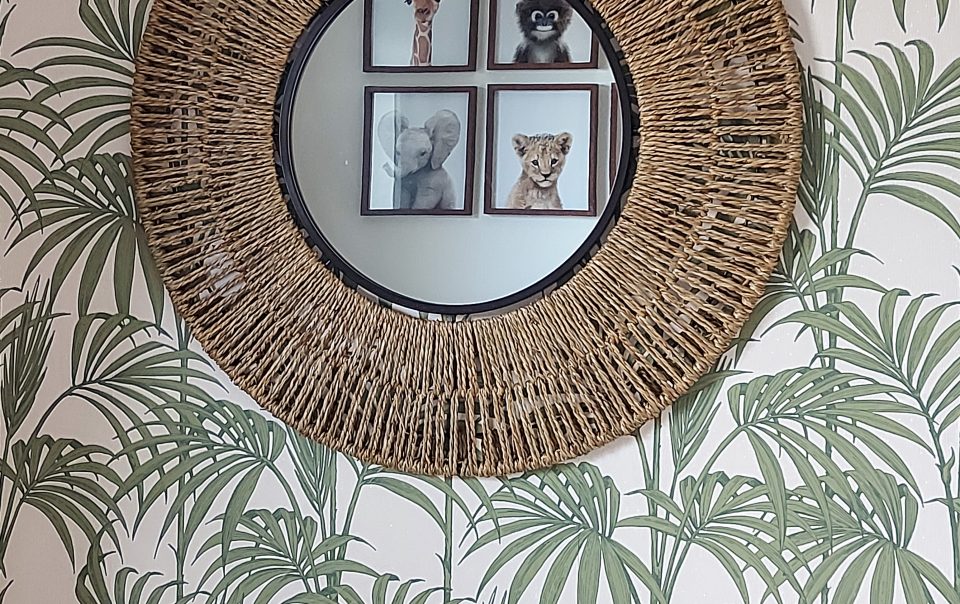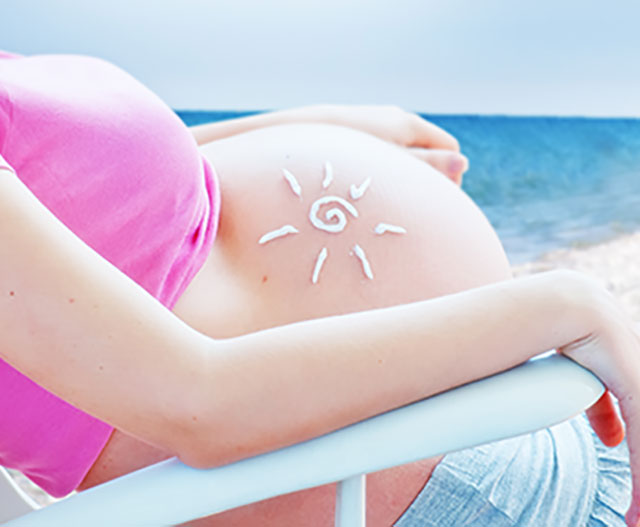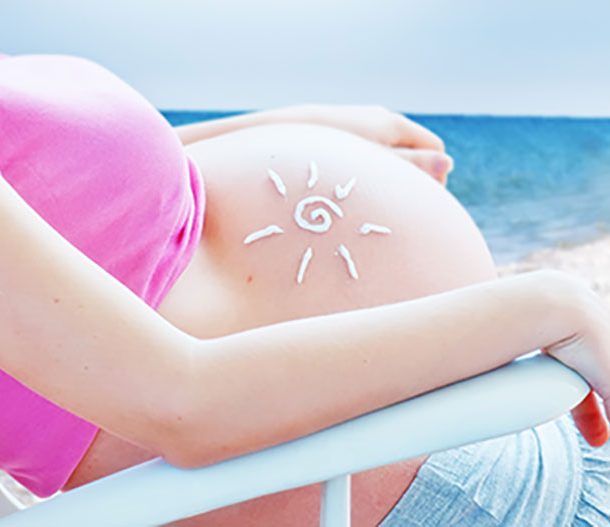
What Birthing Choices Do I Have?
More than you first realised, most likely!
I have been lucky enough to find and follow Jo from Love Parenthood for a little while now – before I was pregnant with Margot. When I did fall pregnant, I had no idea, like none whatsoever, what my options were when it came to giving birth to my baby in 9 month’s time – or 7 and a half, as it ended up! – until I was way into my pregnancy and I’d done lots of research myself. This was daunting! So I made it my mission to find a way to be able to provide my expectant Mamas some accurate and genuine advice. I could have made a blog up myself, from my findings, but then I remembered Jo and the fact she knows what she is talking about, far more than I do. So I asked her if she could write a guest blog for me…and here it is. I hope you find it helpful when thinking about how you would like to give birth to your new bundle in a few month’s time!
Who is Jo?
Hi I’m Jo, I’m all about supporting parents at the various stages of parenthood – from conception to weaning and everything in between! After nine years working in the education system, I hung up my metaphorical teaching hat and took myself back to school… hypnobirthing school that is!
During my own pregnancy, I researched hypnobirthing extensively and taught myself. Going from being terrified about the pain of birth (mainly due to those horrific year 6 sex education videos) to feeling confident and ready to embrace what my body could do. It’s this feeling I want to share with the world.
It’s my mission to bring evidence-based hypnobirthing practices and quality antenatal classes to Peterborough and the surrounding areas. So now instead of teaching children the ins and outs of academia, I’m teaching birthing people to own their body, know their rights and trust their instincts.
I found the postnatal period hard. I didn’t know what to expect and what I got… (oh hi, breastfeeding issues, postnatal anxiety, and no sleep!) was a shock to the system. So postnatal education and support is woven through everything I do.
When I’m not working, you can find me snuggled up in my slanket (blanket with sleeves… yes, you need one), exploring the great outdoors and admiring the flora and fauna that come with it, browsing mansions on Rightmove (doesn’t everyone?) or herding my own small child through life!
I’m a calming presence and here to support you through one of the most vulnerable times in your life – while making you feel safe. In short: I’m here for you.

Your Birthing Options
If you’re anything like me, you got pregnant, started looking at prams, nursery furniture and white noise machines and then felt a bit bewildered when your midwife asked where you were thinking of having the baby. Erm hospital? I knew homebirth existed but I hadn’t really considered it and I had no idea what an MLU was. Well it turns out the MLU or Midwife Led Unit was where I would have my baby. It was the perfect choice for us. So what’s the perfect choice for you? Here’s a little bit of information on the choices available to help you get your research started.
Labour Ward or Delivery Suite
These are located within hospitals. If your pregnancy has been classed as high risk you may be advised to birth in a hospital setting. You’ll still be looked after by a midwife, but the benefits here are that there are doctors, anaesthetists and NICU units available to you very quickly should you need them. You’ll also have access to pharmaceutical pain relief such as epidural and pethidine.
Some hospital settings still have access to birth pools and you can still be mobile and move around your room. It’s worth asking your hospital what equipment they have available to you, for example do they have birth balls or mats so that you can kneel on the floor?
If you choose to have an induction this will take place in a hospital setting, I always advise parents who want to birth in a MLU or at home to have an alternative birth plan ready in case they need to change their place of birth should they choose induction. Similarly, if you require a caesarean or assisted birth (forceps, ventouse) you’ll need to be in or transferred to a hospital.
Anyone can choose to birth at hospital, you don’t have to be high risk. However something to consider is those who give birth in hospital are more likely to have an epidural, episiotomy, forceps or ventouse delivery.
Midwife Led Unit or Birth Centre
Midwife Led Units or Birth Centres usually have a more homely feel than a hospital maternity unit. They’re designed to provide you with a calm, relaxing atmosphere where you’ll feel comfortable and at ease giving birth. They can be attached to a hospital or standalone units.
The MLU I gave birth in was attached to the hospital and in fact, the labour ward was only a corridor away! Something to consider with a standalone unit is how far you might need to travel should a transfer to hospital be needed. The Birthplace study found that approximately 4 in 10 birthers having their first baby in a MLU or birth centre were transferred to hospital, compared with approximately 1 in 10 having their second or subsequent baby.
In a MLU you’ll have access to gas and air (Entonox) and possibly other forms of pain relief, it’s worth asking what pain relief will be available to you. Giving birth in a MLU or birth centre means there is a lower likelihood of having an intervention such as forceps or ventouse than in a hospital.
It’s worth bearing in mind that each MLU or birth centre will have criteria they use to allow access to the unit. If you would like to birth in a MLU or birth centre, but are not being given access you can speak to a Professional Midwifery Advocate or The Head of Midwifery in your NHS trust.
Homebirth
Around 1 in 50 people choose to give birth at home. Homebirth is a choice available to anyone, but you may be advised to birth somewhere else if your pregnancy has been deemed high risk. It’s up to the birthing person to research the pros and cons and decide for themselves where they would like to birth.
Homebirth is a safe option. There is an increased risk to baby for first time parents, for second or subsequent births it’s just as safe as the other options. As with birth in a MLU or birth centre there is less likelihood of intervention than a hospital birth.
Homebirths are supported by midwives and they can bring gas and air with them for pain relief. If you want a birth pool you’ll have to buy or hire one, but the pro is you won’t have to wait for someone else to finish before you can get in! You’ll also be in the comfort of your own environment, great for keeping oxytocin levels high, which is what we need to start and sustain labour.
Where to find information
Every birthplace is different, hospitals and MLUs differ from place to place so it’s really important to do some research of your local options. Search for your local maternity units on the internet and see what information is out there. Most maternity units and birth centres now have their own social media accounts, so it’s worth searching Facebook and Instagram too.
Some units allow you to visit for tours, which can be so helpful in getting an idea of how a setting feels, obviously this isn’t an option right now, but some trusts have developed virtual tours or put videos on their websites and social media accounts.
Your local Maternity Voices Partnership is a great source of information and they provide a channel of communication between service users and the maternity units. Most have a page or group that you can join on Facebook.
Don’t forget to ask your antenatal teacher! We have clients using the different facilities everyday and we can point you in the direction of research and information that can help you make your decision.
This is far superior to anything I could have written, so I hope you have found it useful! If you’d like to contact Jo with any questions or her courses and classes, you can find her by searching for Love Parenthood on Facebook, Instagram and Google.
I’m so excited for you and your journey ahead, and really can’t wait to welcome you and your brand new bundle to the studio when he/she arrives!
Much love,
Laura x




